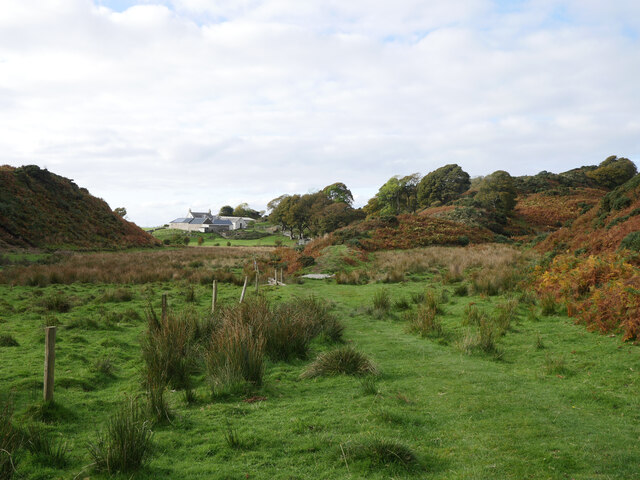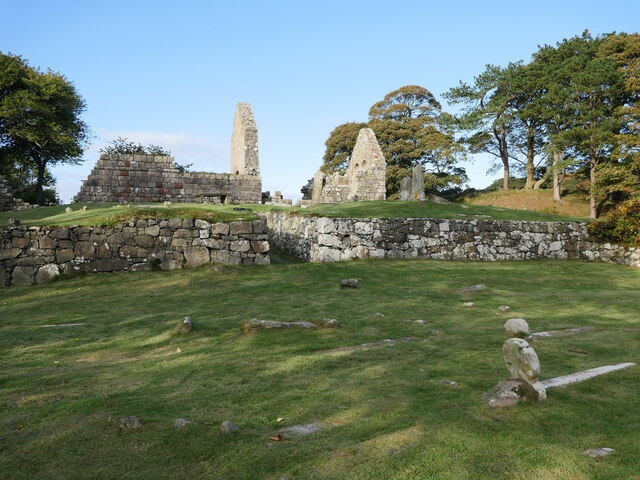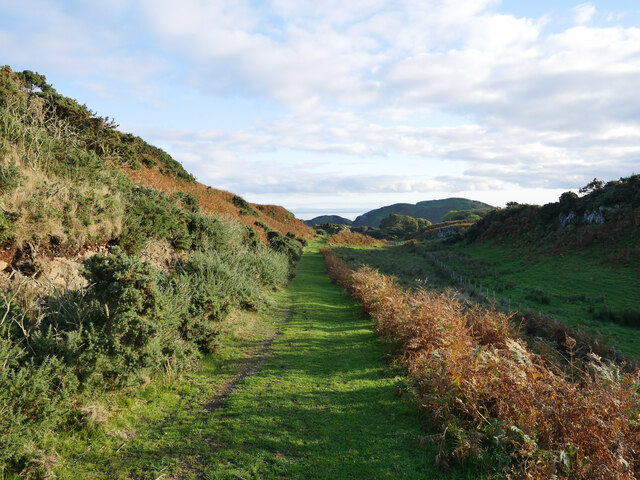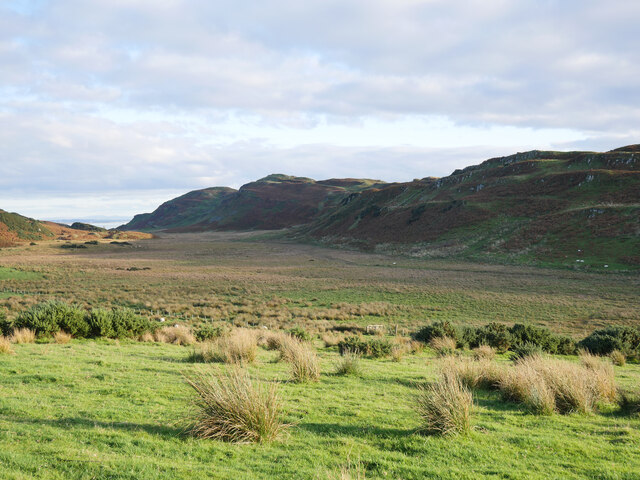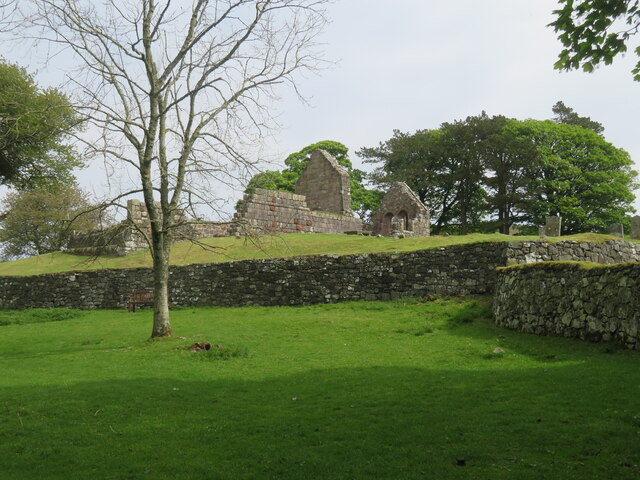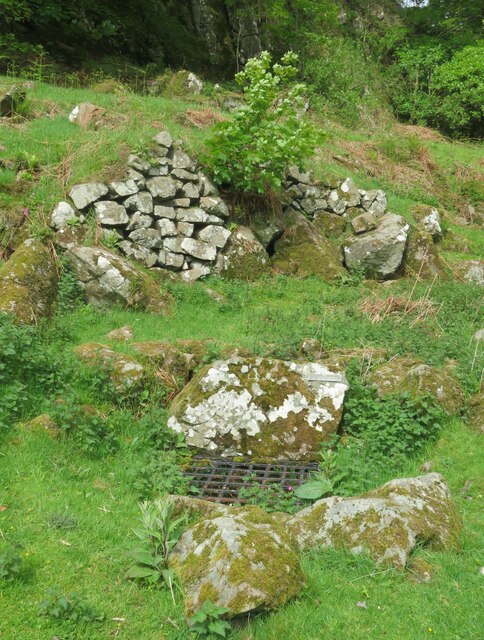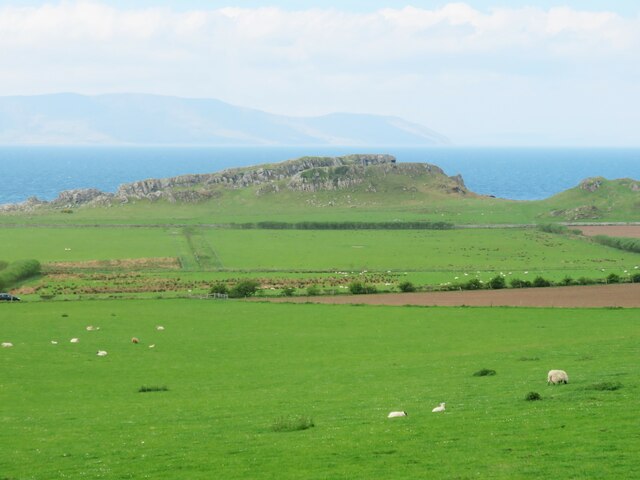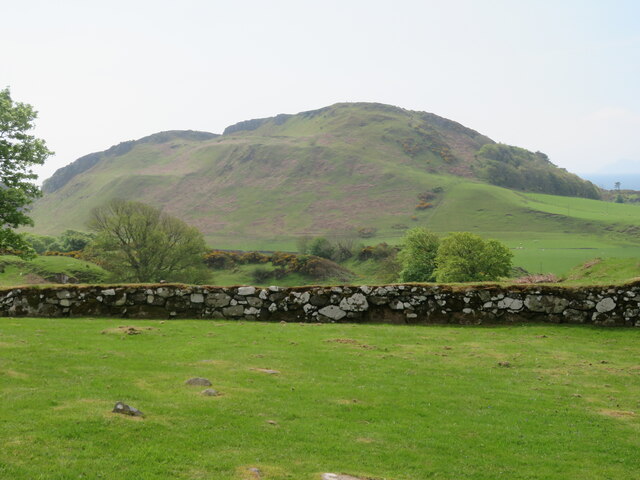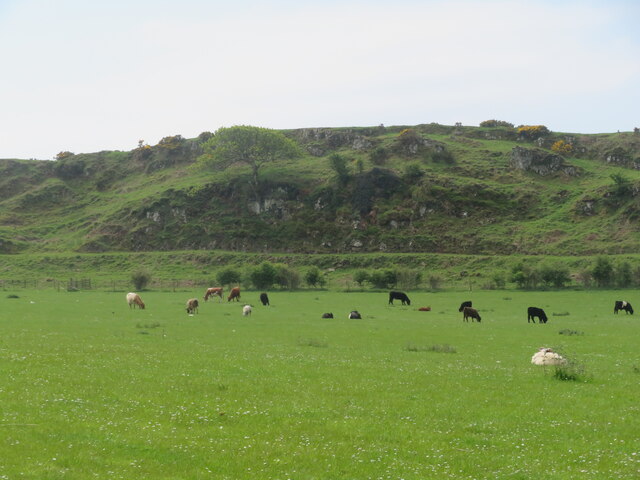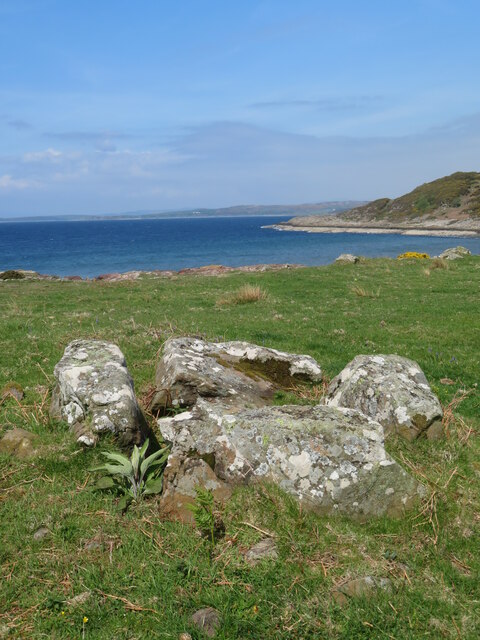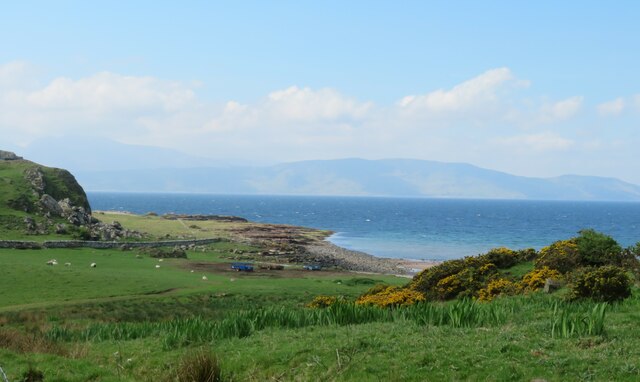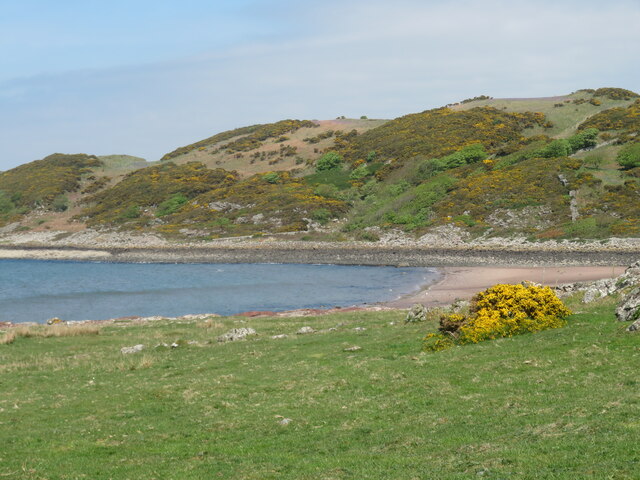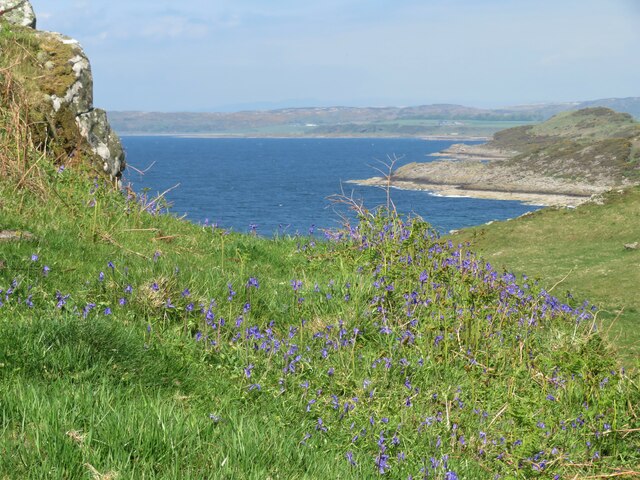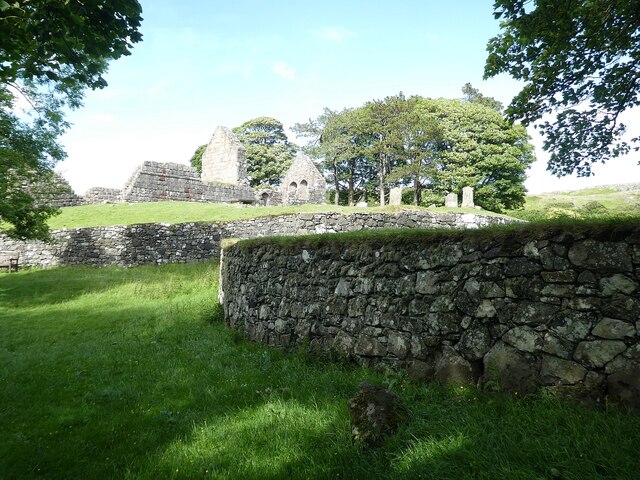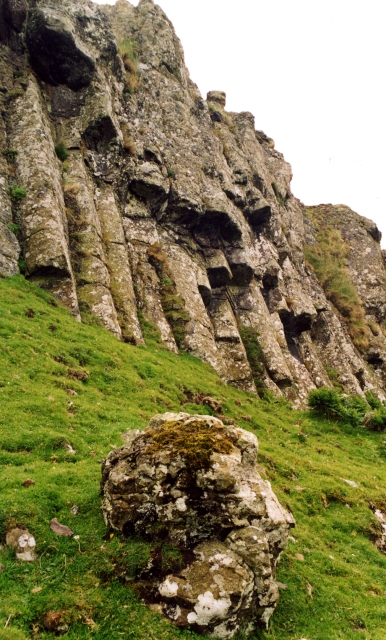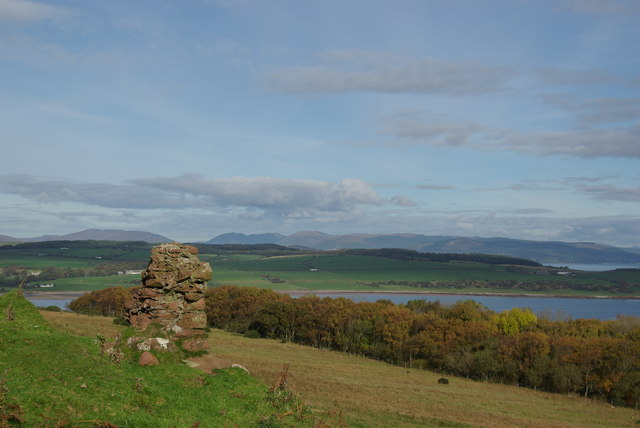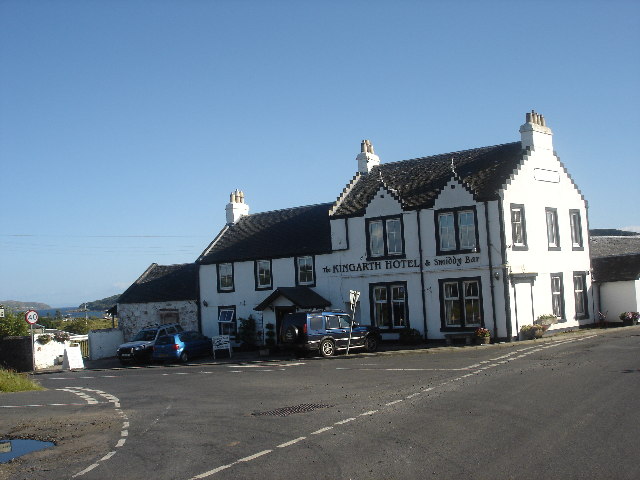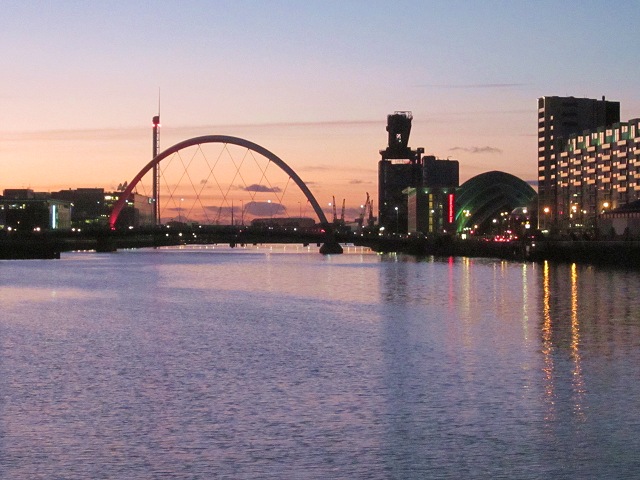Creag an Fhithich
Coastal Feature, Headland, Point in Buteshire
Scotland
Creag an Fhithich
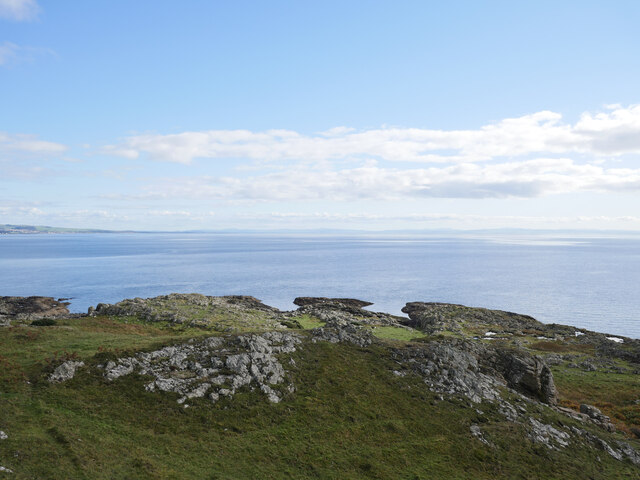
Creag an Fhithich, also known as the Raven's Crag, is a prominent coastal feature located in Buteshire, Scotland. This imposing headland juts out into the sea, forming a distinctive point that offers breathtaking views of the surrounding landscape and the ocean beyond.
Situated on the western coast of the Isle of Bute, Creag an Fhithich is characterized by its rugged cliffs, which soar to heights of approximately 40 meters (131 feet) above sea level. These sheer rock faces are composed of sandstone and limestone, displaying a variety of colors and textures that add to the natural beauty of the area.
The headland is a haven for wildlife, attracting numerous species of birds that nest and roost on the cliffs. The name "Raven's Crag" is derived from the large number of ravens that inhabit the area, adding an air of mystery and intrigue to the landscape. Visitors can often spot these majestic birds soaring overhead or perched on the crag's ledges.
Creag an Fhithich is a popular destination for outdoor enthusiasts and nature lovers alike. It offers opportunities for hiking, birdwatching, and photography, with several trails leading to the viewpoint at the top of the headland. From this vantage point, visitors can admire the dramatic cliffs, the sparkling waters of the Firth of Clyde, and the distant peaks of the Isle of Arran.
In summary, Creag an Fhithich is a striking coastal feature in Buteshire, known for its towering cliffs, abundant birdlife, and stunning views. It is a must-visit destination for those seeking a connection with nature and an appreciation for the rugged beauty of Scotland's coastline.
If you have any feedback on the listing, please let us know in the comments section below.
Creag an Fhithich Images
Images are sourced within 2km of 55.728746/-5.0413457 or Grid Reference NS0952. Thanks to Geograph Open Source API. All images are credited.
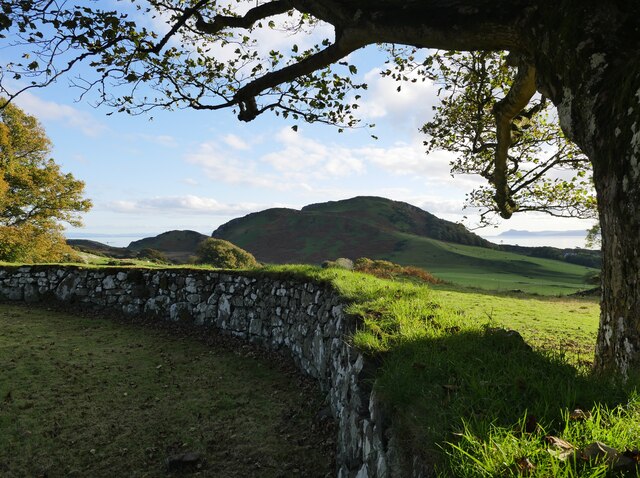
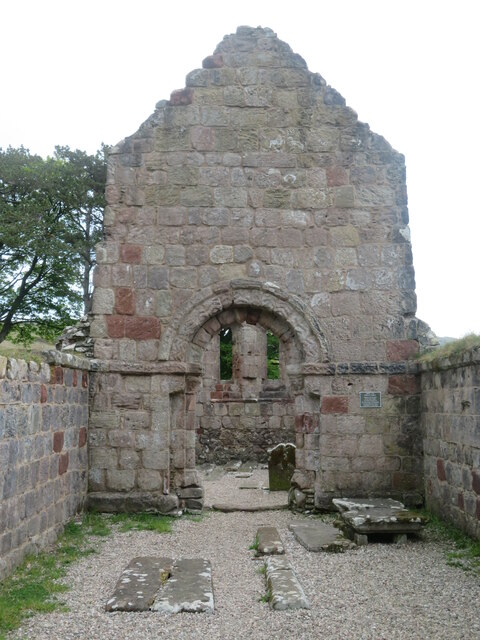
![Track to Dunagoil Headland composed of volcanic rocks overlooking a fine sandy bay [off photo to the right]. There's traces of a vitrified fort on the highest part of the hill, a burial cist below, a couple of interesting caves, plus some items that this contributor couldn't find, such as cup marked stones and St Blane's Stone.](https://s1.geograph.org.uk/geophotos/07/18/23/7182349_2750d0a1.jpg)
Creag an Fhithich is located at Grid Ref: NS0952 (Lat: 55.728746, Lng: -5.0413457)
Unitary Authority: Argyll and Bute
Police Authority: Argyll and West Dunbartonshire
What 3 Words
///lifeguard.choppers.recitals. Near Millport, North Ayrshire
Nearby Locations
Related Wikis
Strathclyde
Strathclyde (Ystrad Clud in Northern Brittonic; Srath Chluaidh [s̪t̪ɾa ˈxl̪ˠɯi] in Gaelic, meaning "strath (valley) of the River Clyde") was one of nine...
Dunagoil
Dunagoil is a vitrified fort or dun on the Isle of Bute – an Iron Age hill fort whose ramparts have been melted by intense heat. It stands on a volcanic...
Kelspoke Castle
Kelspoke Castle is a ruined castle overlooking Kilchattan Bay, Isle of Bute, Scotland. Only a small amount of the ruins are above ground. == Notes ==
Kilchattan Bay
Kilchattan Bay is a village on the Isle of Bute, Scotland. It lies on the island's southern end, along the coast road at the foot of a steep hill called...
Kingarth
Kingarth (Old Irish: Cenn Garad; Scottish Gaelic: Ceann a' Gharaidh) is a historic village and parish on the Isle of Bute, off the coast of south-western...
Little Cumbrae
Little Cumbrae (Scots: Wee Cumbrae, Scottish Gaelic: Cumaradh Beag) or Little Cumbrae Island is an island in the Firth of Clyde, in North Ayrshire, Scotland...
Castle Island, Scotland
Castle Island (Scottish Gaelic: Eilean a' Chaisteil) or Allimturrail is a small tidal island, lying off the east coast of Little Cumbrae, and to the west...
River Clyde
The River Clyde (Scottish Gaelic: Abhainn Chluaidh, pronounced [ˈavɪɲ ˈxl̪ˠuəj], Scots: Clyde Watter, or Watter o Clyde) is a river that flows into the...
Nearby Amenities
Located within 500m of 55.728746,-5.0413457Have you been to Creag an Fhithich?
Leave your review of Creag an Fhithich below (or comments, questions and feedback).
